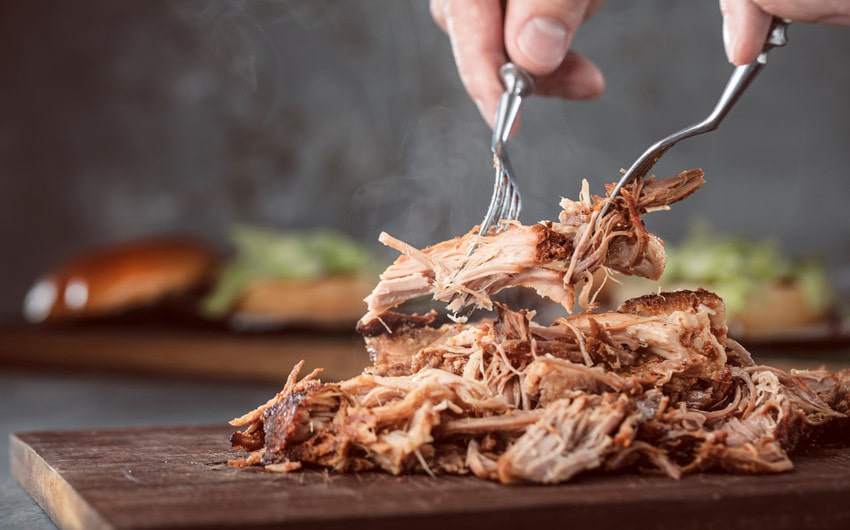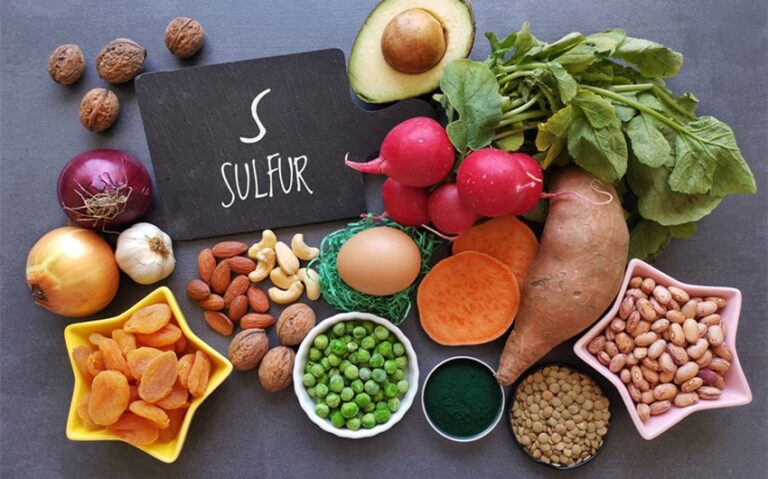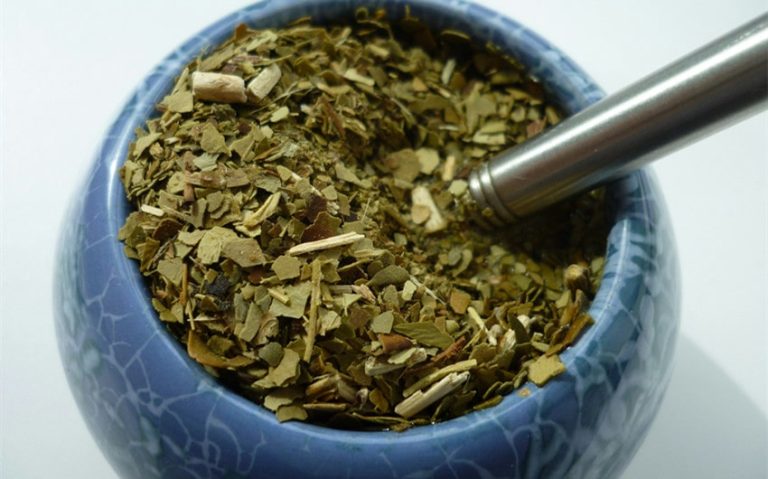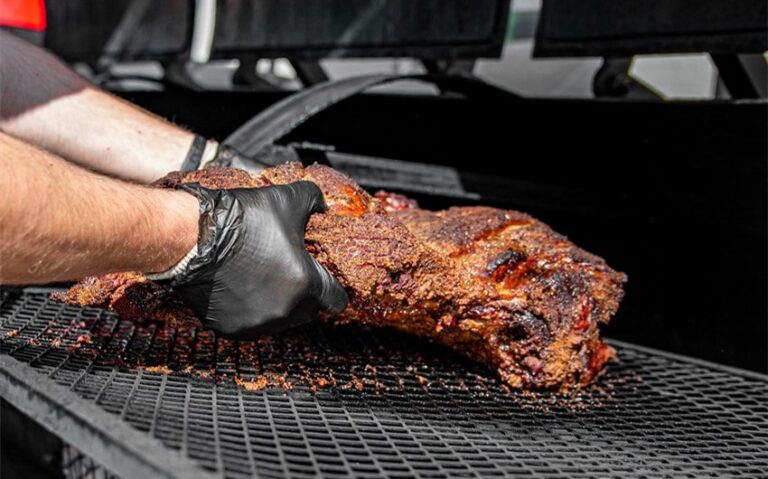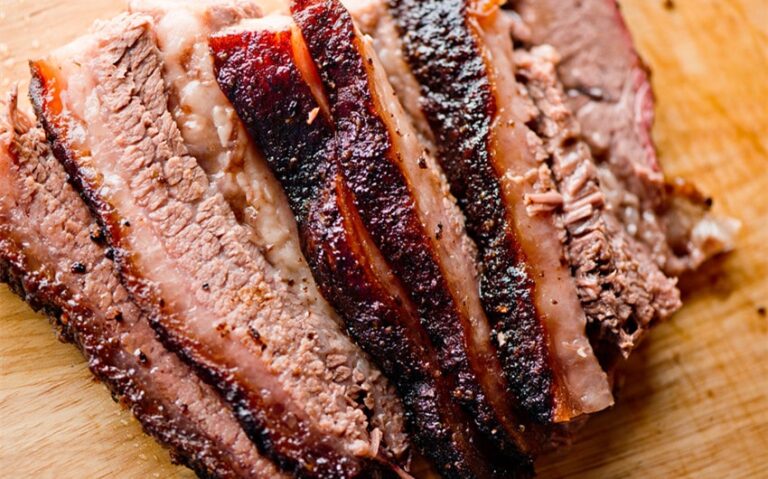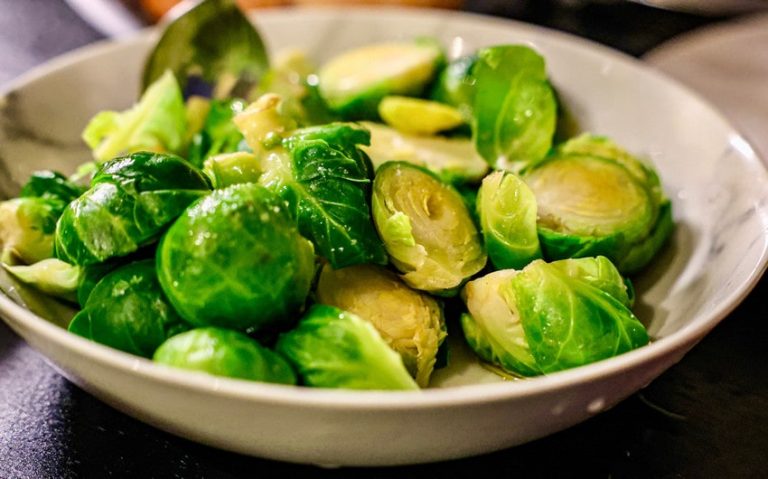Pulled Pork Temp Guide: Achieve Tender and Juicy Results
There’s nothing quite like biting into tender, juicy pulled pork that melts in your mouth. But getting it just right can be a challenge. The secret to achieving perfect pulled pork lies in mastering the pulled pork temp. The ideal temperature is between 195°F and 205°F, ensuring the meat is tender and easy to pull apart.
Whether you’re smoking, roasting, or slow-cooking, understanding the ideal temp can make all the difference. Let’s dive into the essentials of cooking pulled pork to perfection, so you can impress your family and friends with your culinary skills.
What is the Ideal Pulled Pork Temperature?
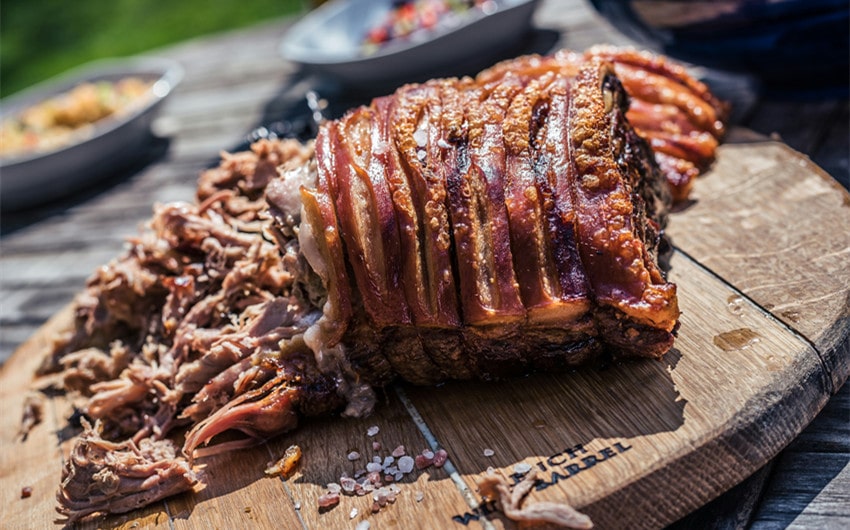
Achieving the perfect pulled pork requires cooking it to the ideal internal temperature. The magic number for pulled pork is between 195°F and 205°F. At this temperature range, the collagen in the meat breaks down, resulting in tender, juicy pork that shreds effortlessly. Cooking to this temperature ensures that the meat is not only safe to eat but also reaches its peak flavor and texture.
Why This Temperature Range?
The science behind this temperature range involves the breakdown of collagen and connective tissue. At lower temperatures, the meat remains tough and difficult to pull apart. When the internal temperature of the pork reaches 195°F to 205°F, the collagen transforms into gelatin, which keeps the meat moist and tender. This process is crucial for achieving that melt-in-your-mouth quality that pulled pork is known for.
Difference Between 195°F and 205°F
Although the ideal range for pulled pork is between 195°F and 205°F, there are subtle differences within this range that can affect the final product:
At 195°F: Pulled pork cooked to 195°F will be tender and juicy, but it might require a bit more effort to pull apart compared to meat cooked to a higher temperature. This temperature is ideal if you prefer your pork to have a slightly firmer texture while still being tender. The meat may still retain a slight pink hue, which is normal and safe at this temperature.
At 205°F: Cooking pulled pork to 205°F results in meat that is exceptionally tender and practically falls apart. This higher end of the range ensures that the connective tissues are thoroughly broken down, making it very easy to pull. However, there is a risk of overcooking if not monitored carefully, and the meat will have no pink coloration. This temperature is ideal for those who enjoy a very soft and succulent texture.
Monitoring the Temperature
Using a reliable meat thermometer is essential to monitor the internal temperature of your pork. Insert the thermometer into the thickest part of the meat, avoiding bones, to get an accurate reading. Instant-read thermometers are a popular choice, but leave-in thermometers that stay in the meat throughout the cooking process are also effective.
Preparing the Pork
Proper preparation of the pork before cooking is just as important as monitoring the cooking temperature. Here’s how to set yourself up for pulled pork success:
1. Selecting the Right Cut
The best cuts for pulled pork are the pork shoulder or pork butt. These cuts come from the shoulder area of the pig and have the right amount of fat and connective tissue, which are essential for flavor and tenderness. Look for a cut with a good fat cap, as this will help keep the meat moist during cooking.
2. Trimming the Pork
Before cooking, trim any excess fat from the pork, but leave a thin layer to help baste the meat as it cooks. This step helps to balance flavor and prevent overly fatty pulled pork.
3. Seasoning the Meat
Seasoning is key to flavorful pulled pork. Start with a dry rub made from a mix of salt, pepper, paprika, garlic powder, onion powder, brown sugar, and other spices you enjoy. Rub the seasoning generously all over the pork, ensuring it adheres well to the surface. For deeper flavor, you can let the seasoned pork sit in the refrigerator for a few hours or overnight.
4. Marinating for Extra Flavor
If you have time, marinating the pork can add another layer of flavor. Use a marinade that complements your dry rub, such as a mixture of apple cider vinegar, mustard, and spices. Place the pork in a large resealable bag or a covered container with the marinade and refrigerate for several hours or overnight.
5. Getting Ready to Cook
Before cooking, allow the pork to come to room temperature for about 30 minutes. This helps the meat cook more evenly. Preheat your smoker, grill, or oven to the appropriate temperature (usually around 225°F to 250°F) to ensure a slow, even cook.
Cooking Methods and Temperature Monitoring

The way you cook your pork significantly impacts its flavor, texture, and tenderness. There are several popular methods for cooking pulled pork, each requiring careful temperature monitoring to achieve the best results.
Smoking
Smoking is a favorite method for many barbecue enthusiasts. It infuses the meat with a rich, smoky flavor that is hard to beat. To smoke pulled pork:
- Preheat your smoker to 225°F.
- Place the seasoned pork on the smoker grate.
- Use wood chips or chunks (such as hickory, apple, or mesquite) to add flavor.
- Smoke the pork, maintaining a consistent temperature, until the internal temperature reaches 195°F to 205°F.
- This process can take anywhere from 12 to 16 hours, depending on the size of the pork.
Slow Cooking
Slow cookers offer a convenient, hands-off approach to making pulled pork. Here’s how:
- Place the seasoned pork in the slow cooker.
- Add a small amount of liquid (such as broth, apple juice, or a vinegar-based sauce) to keep the meat moist.
- Set the slow cooker to low and cook for 8 to 10 hours.
- Check the internal temperature with a meat thermometer to ensure it reaches 195°F to 205°F.
Oven Roasting
Oven roasting is a versatile method that can be done in any kitchen:
- Preheat your oven to 225°F.
- Place the seasoned pork in a roasting pan or Dutch oven.
- Cover with a lid or aluminum foil to retain moisture.
- Roast the pork, checking periodically to maintain the temperature.
- Continue roasting until the internal temperature reaches 195°F to 205°F, which usually takes 12 to 14 hours.
Grilling
Grilling is another option, though it requires more attention to maintain consistent heat:
- Set up your grill for indirect cooking, with the heat source on one side and the pork on the other.
- Preheat the grill to 225°F.
- Place the pork on the grill away from the direct heat.
- Maintain a steady temperature, adding charcoal or adjusting gas burners as needed.
- Grill until the pork reaches the ideal internal temperature of 195°F to 205°F.
Monitoring the Temperature
Regardless of the cooking method, accurate temperature monitoring is crucial:
- Use a meat thermometer to check the internal temperature.
- Insert the thermometer into the thickest part of the pork, avoiding bones.
- For smokers and grills, consider using a dual-probe thermometer to monitor both the meat and the ambient temperature.
- Regularly check the temperature to ensure the pork stays within the ideal range.
Resting and Pulling the Pork
Once your pork reaches the perfect temperature, the next steps are crucial for achieving the best texture and flavor. Resting the pork after cooking allows the juices to redistribute throughout the meat, resulting in more flavorful and moist pulled pork. Cutting or pulling the pork immediately after cooking can cause the juices to escape, leading to dry meat.
How Long to Rest
After removing the pork from the heat source:
- Tent the meat loosely with aluminum foil to retain heat.
- Let it rest for at least 30 minutes. For larger cuts, resting for up to an hour can be beneficial.
- During this time, the internal temperature may rise slightly due to carryover cooking.
Pulling the Pork
Once the pork has rested, it’s time to pull it apart:
- Use two forks or meat claws to shred the pork into bite-sized pieces.
- Remove any large pieces of fat or gristle.
- Mix the pulled pork with any remaining juices or add a finishing sauce for extra flavor.
Tips for the Best Pulled Pork
- Shred the pork while it’s still warm for the best texture.
- If the pork is too tough to pull easily, it may need more cooking time. Return it to the heat source until it reaches the desired tenderness.
- For added flavor, consider mixing in some of the cooking liquid or drippings after pulling the pork.
Pulled Pork Temperature FAQs
To help you achieve the best results, here are answers to some frequently asked questions about pulled pork temperature.
1. Can I cook pulled pork at a higher temperature to save time?
While it’s possible to cook pulled pork at a higher temperature, it’s not recommended. Higher temperatures can lead to dry and tough meat. Cooking low and slow at around 225°F to 250°F is ideal for tender pulled pork.
2. How do I know when my pulled pork is done?
The best way to know if your pulled pork is done is by using a meat thermometer. Insert the thermometer into the thickest part of the meat, avoiding bones. When it reads between 195°F and 205°F, your pork is ready.
3. What should I do if my pulled pork is not tender enough?
If your pulled pork is not tender enough, it likely hasn’t reached the ideal temperature or needs more cooking time. Return it to the heat source and continue cooking until it reaches 195°F to 205°F and is easy to pull apart.
4. Should I cover my pork while it cooks?
Covering your pork while it cooks can help retain moisture, especially in the oven or slow cooker. When smoking, it’s typically uncovered to allow the smoke to infuse the meat, but you can wrap it in foil (also known as the Texas Crutch) in the later stages to help it cook faster and stay moist.
5. How do I reheat pulled pork without drying it out?
To reheat pulled pork, add a small amount of broth, apple juice, or a vinegar-based sauce to keep it moist. Heat it slowly in the oven or on the stovetop until warm. Avoid microwaving, as it can dry out the meat.
6. Can I freeze leftover pulled pork?
Yes, pulled pork freezes well. Store it in an airtight container or freezer bag with some of the cooking juices to prevent it from drying out. It can be frozen for up to three months. When ready to eat, thaw in the refrigerator and reheat slowly.

